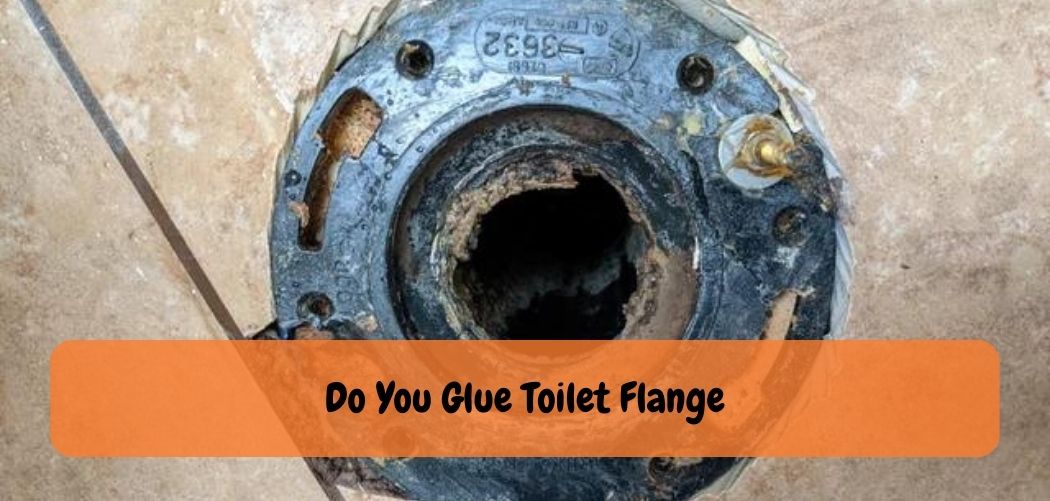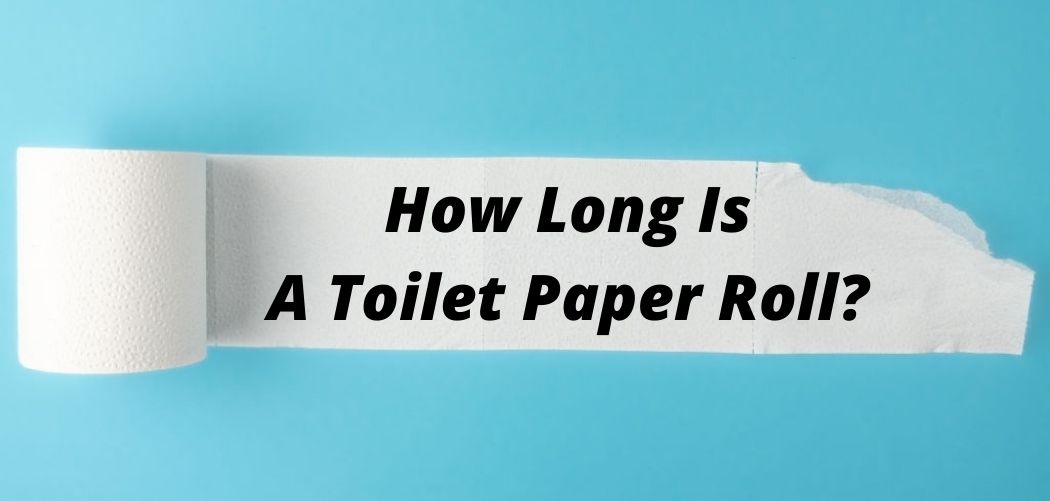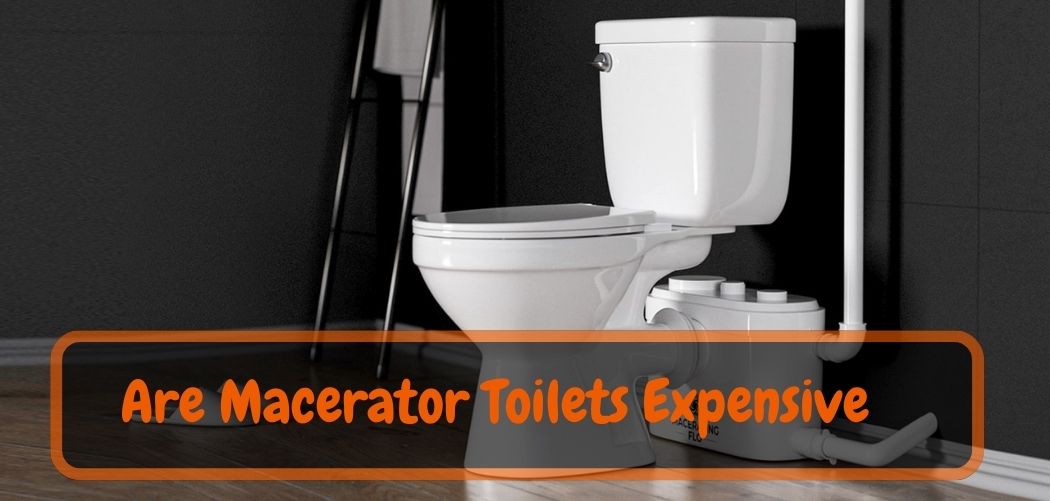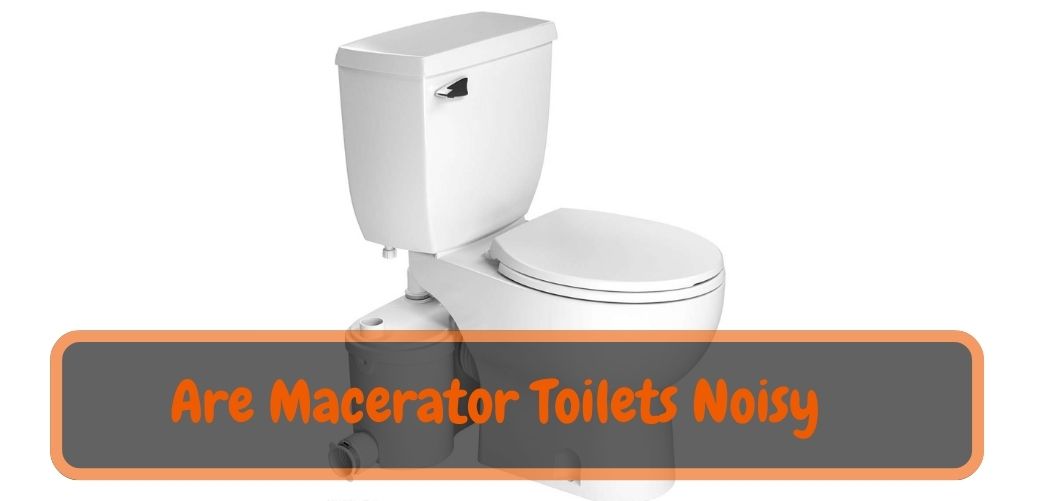Yes, you should glue the toilet flange. Gluing the toilet flange ensures a secure and airtight connection between the toilet and the waste pipe.
When it comes to installing or replacing a toilet flange, many homeowners find themselves uncertain about the correct procedures involved. One common question that arises is whether or not it is necessary to glue a toilet flange during installation. The toilet flange serves as a crucial connector between the toilet and the waste pipe, providing stability and a watertight seal.
While the answer to whether or not you should glue a toilet flange may vary depending on certain factors, it is essential to understand the proper installation methods to ensure a secure and leak-free connection. In this article, we will delve into the world of toilet flange.
Installation, explore the benefits of using adhesive, discuss situations where gluing may be necessary, and provide guidance on the correct procedures. By gaining insight into the gluing process, homeowners and DIY enthusiasts can ensure a proper and reliable installation that will contribute to a well-functioning plumbing system in their homes.
Understanding The Toilet Flange
A toilet flange is a crucial component in any bathroom. It connects the toilet bowl to the drainpipe and helps form a secure seal to prevent any leakages. There are mainly two types of toilet flanges: the pvc and the cast iron flange.
The pvc is ideal for new installations, and the cast iron flange is preferred in remodeling projects. Pvc flanges are lightweight, easy to install, and corrosion-resistant. On the other hand, cast iron flanges are more durable, making them perfect for remodeling projects.
Therefore, before installing a toilet, it is essential to determine the type of flange that suits your bathroom. Proper installation of a toilet flange is critical to ensure a snug fit, which eliminates any possibility of leakages and related issues.
The Smart Guide For: You Glue Toilet Flange
When it comes to installing or replacing a toilet flange, the question of whether or not to glue it often arises. The toilet flange is a vital plumbing component that connects the toilet to the waste pipe, providing stability and creating a watertight seal.
Proper installation techniques are crucial to ensure a secure and leak-free connection. In this comprehensive guide, we will explore the topic of gluing toilet flanges, discussing the benefits of using adhesive, scenarios where gluing is necessary.
Guidelines for proper installation. By understanding the principles behind gluing a toilet flange, homeowners and DIY enthusiasts can confidently undertake this essential plumbing task and maintain a functional and efficient toilet system in their homes.
1. Understanding the toilet flange:
Definition and purpose of a toilet flange
Types and materials of toilet flanges
Components and parts of a toilet flange assembly
2. The importance of a secure connection:
Ensuring stability and preventing movement
Creating a watertight seal to prevent leaks
Maintaining proper alignment with the waste pipe
3. Benefits of gluing a toilet flange:
Enhanced stability and support for the toilet
Increased resistance to movement and leaks
Additional reinforcement for long-term durability
4. Scenarios where gluing is necessary:
PVC or ABS toilet flanges
Uneven or damaged flooring
Remodeling or new construction projects
Special cases requiring extra security
5. Choosing the right adhesive:
Recommended adhesives for toilet flange installation
Factors to consider: compatibility, strength, and flexibility
Following manufacturer instructions and recommendations
6. Step-by-step guide to gluing a toilet flange:
Preparing the area and gathering necessary tools
Cleaning and prepping the flange and waste pipe
Applying adhesive to the flange and waste pipe
Aligning and securing the toilet flange in place
Allowing sufficient curing time before installing the toilet
7. Alternative methods and considerations:
Using wax rings as an alternative to adhesive
Combination approaches: gluing and wax ring usage
Considering local plumbing codes and regulations
8. Troubleshooting and maintenance:
Identifying common issues with toilet flanges
Repairing or replacing a damaged or faulty flange
Regular maintenance practices for optimal performance
9. Seeking professional assistance:
When to consult a plumber or experienced professional
Importance of hiring a licensed and skilled plumber
Do You Really Need To Glue Your Toilet Flange?
The use of glue when installing a toilet flange depends on various factors. If you’re dealing with an uneven floor or removing a broken flange, gluing may be necessary to prevent leaks. On the other hand, if the flange fits perfectly over the drainpipe and the floor is level, gluing it isn’t necessary.
Plus, using glue sometimes makes future repairs more difficult. When installing a new flange, it’s best to follow the manufacturer’s instructions and use the appropriate solvent/cement. However, if the flange is in good condition and sits securely, you don’t have to glue it as it can still function properly.
Ultimately, the decision to glue your toilet flange depends on whether it needs the extra stability or not.
Frequently Asked Questions On Do You Glue Toilet Flange?
Should I Glue My Toilet Flange To The Pipe?
Yes, gluing your toilet flange to the pipe provides extra stability & prevents leaks.
What Kind Of Glue Should I Use For My Toilet Flange?
You should use abs or pvc cement, which are specifically designed for plastic pipes.
Is It Necessary To Use Primer Before Gluing The Toilet Flange?
Yes, using primer ensures a strong bond between the pipe and toilet flange.
Can I Remove A Glued Toilet Flange?
Removing a glued toilet flange is difficult and may damage the pipe.
Can I Install A Toilet Without Gluing The Flange?
It is best practice to glue the flange for stability, but it is possible to install without glue if necessary.
Conclusion
After finding out if you need to glue a toilet flange or not, we discovered that the answer is not as simple as a yes or no. It ultimately depends on the materials of the flange and the sewer pipe.
However, it is always beneficial to take extra measures in securing the flange properly. Using silicone caulk as a sealant and securing the flange with screws can add extra stability to your toilet’s base. A flange that is not securely attached can cause leaks and damage to your floor, which can lead to costly repairs.
Remember to always follow the manufacturer’s instructions, consult with a professional if needed, and prioritize safety when working on plumbing projects. Taking these extra steps can save you from future headaches and ensure a sturdy and leak-free toilet installation.










